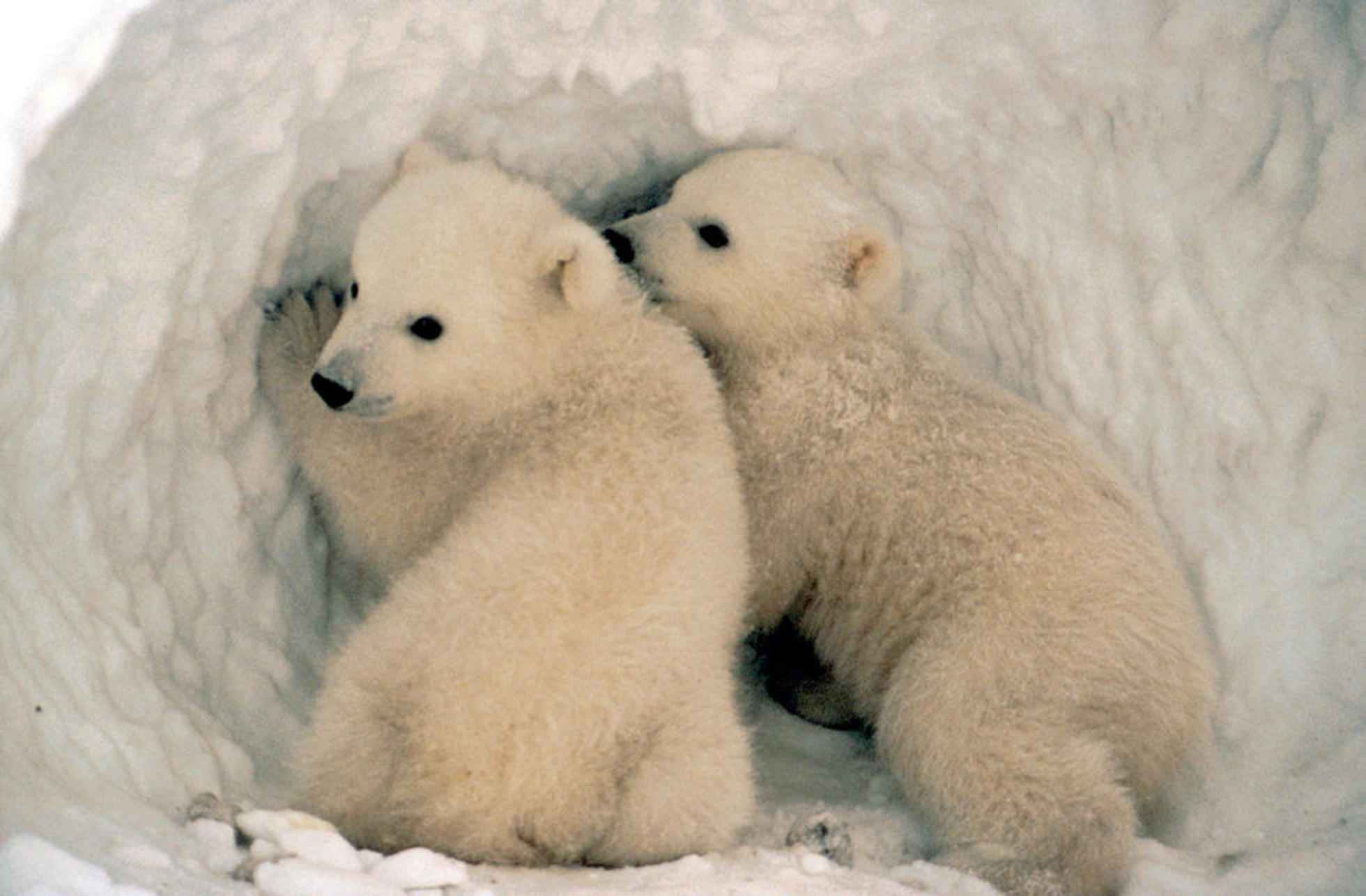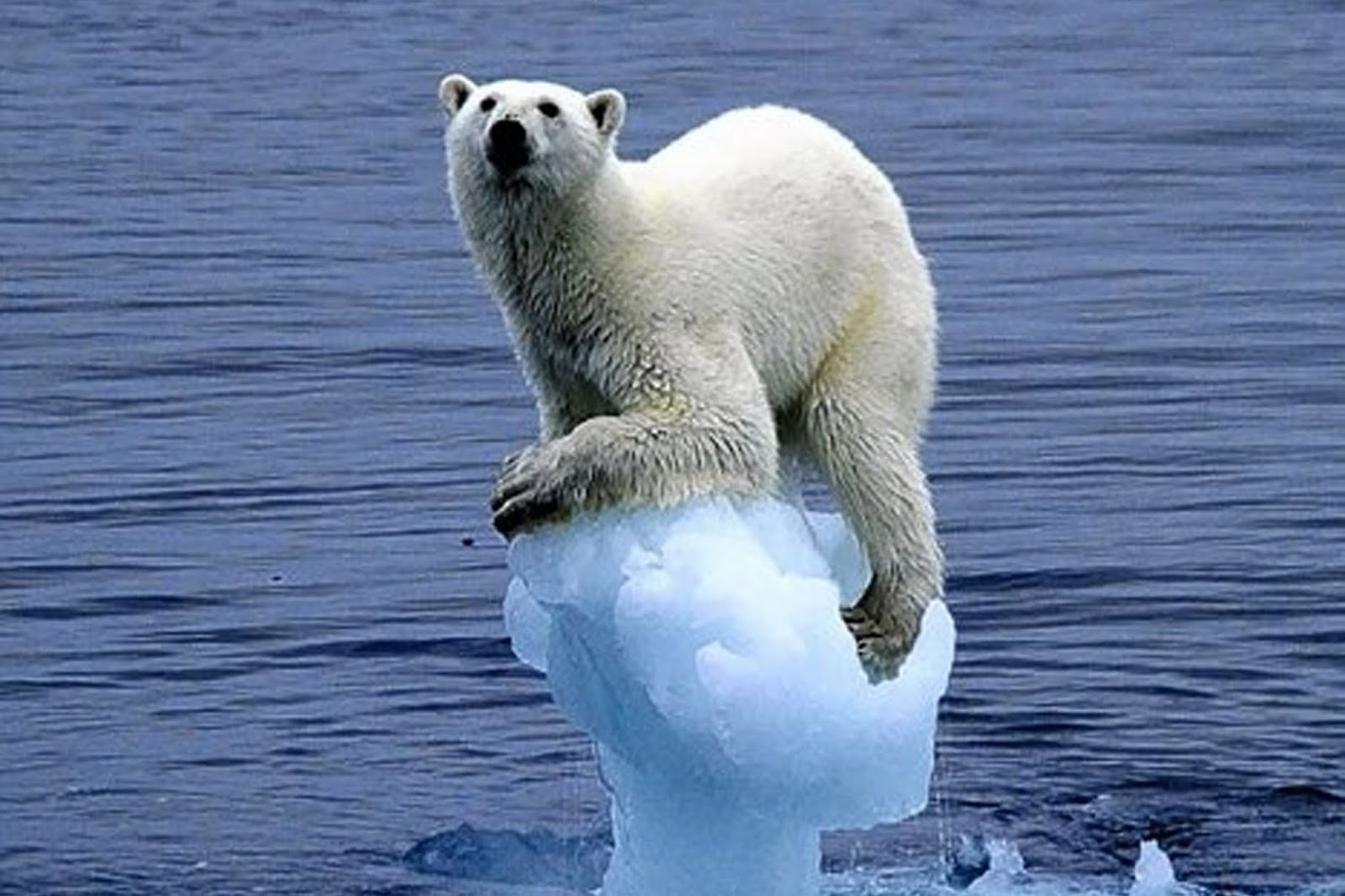This is why mother bears are reluctant to swim with young cubs in the spring the cubs just dont have enough fat. They can barely live without it for they use sea ice as a hunting platform.
 Polar Bear Facts And Adaptations Ursus Maritimus
Polar Bear Facts And Adaptations Ursus Maritimus
White bears do not only need proper diet but also appropriate environment.

What do polar bears need to survive. While rapid loss of sea ice is the primary threat to the polar bears long-term survival other challenges include pollution increased commercial use of the Arctic overharvest disease and inadequate habitat protection denning and seasonal resting areas. A seal weighing 121 pounds can provide 8 days of energy for a polar bear. The bears need platforms of ice to reach their prey of ringed and bearded seals.
Their large feet and claws help them run and walk on slippery ice as they can distribute their weight and hang on better. Because the polar bears body requires a diet based on large amounts of seal fat it is the most carnivorous member of the bear family. In fact they are more likely to rely on natural environment rather than food.
A ringed seal weighing 55 kg 121 lb could provide up to eight days. You will find that the natural habitat for the Polar Bear is in the very cold areas of the world. It has been estimated that a single polar bear consumes 43 ringed seals yearly.
Food can be hard to come by for polar bears for much of the year. The best way to survive a bear attack from a polar bear is to not have one in the first place. The bear puts on most of its yearly fat reserves between late April and mid-July to maintain its weight in the lean seasons.
With the right diet the polar bear cub can grow to the full size of a man within a year. They live in the Arctic region where the temperatures are low the water is cold and they are able to move around on thick sheets of ice. If the weather gets warm as it does in summer polar bears might not be able to catch seals because the ice.
Your chances of scaring a polar bear away on pure intimidation and pride are slim. Wet fur is a poor insulator. To keep them warm polar bears have black skin over a thick layer of fat that can measure up to 114 centimeters 449 inches.
7 to 10 feet in length for males. Read more about global warmings link to polar bears A cold spring allows ice to linger giving polar bears easier access to one of their favorite foods. The ice and the lack of fresh water in the Arctic are also tricky to deal with.
Do polar bears hibernate. Polar bear needs 2 kg 44Ib of fats a day in order to survive in the harsh icy climate. Temperature is reduced and the circulatory system slows.
Sea ice is absolutely essential for the day-to-day survival of polar bears says Kruger. Females about 5 to 7 feet. Polar bears do not only have to live with the cold.
Polar Bear Habitat and Distribution. A warm spring cuts short the. Polar bears are highly adaptable to living in the frigid arctic habitatsomething that they dont often find in zoos.
It is an entire ecosystem inhabited by plankton and micro-organisms which support a rich food chain that. Exacerbating the problems of the loss of hunting areas it is expected that the shrinking polar ice cap will also cause a decline in polar bears favorite preyseals. Polar bear females need to eat a lot of food to store the fat that will be needed when they are in their dens for the whole winter raising their babies.
Loss of ice due to climate change has a direct impact on the ability of polar bears to feed and survive. They survive in very isolated and remote locations where humans very rarely. Polar bears catch seals on ice floes.
Bear pepper spray. Polar bears can only survive in areas where the oceans freeze allowing them to hunt seals living under on or in the frozen polar ice cap. They will not come out and the fat.
Study represented that almost 20000 polar bears will eat 128469 seals annually. The sea ice and water are the essential characteristics of a polar bear. Polar bears need an average of 2 kg 44 lb of fat per day to obtain enough energy to survive.
Some other adaptations of the polar bear that help them survive include. In the water they rely more on their fat layer to keep warm. They can still move about and react if endangered but their body is programmed to conserve energy.
The anatomy of the polar bear allows it to enter a partial hibernation state.
